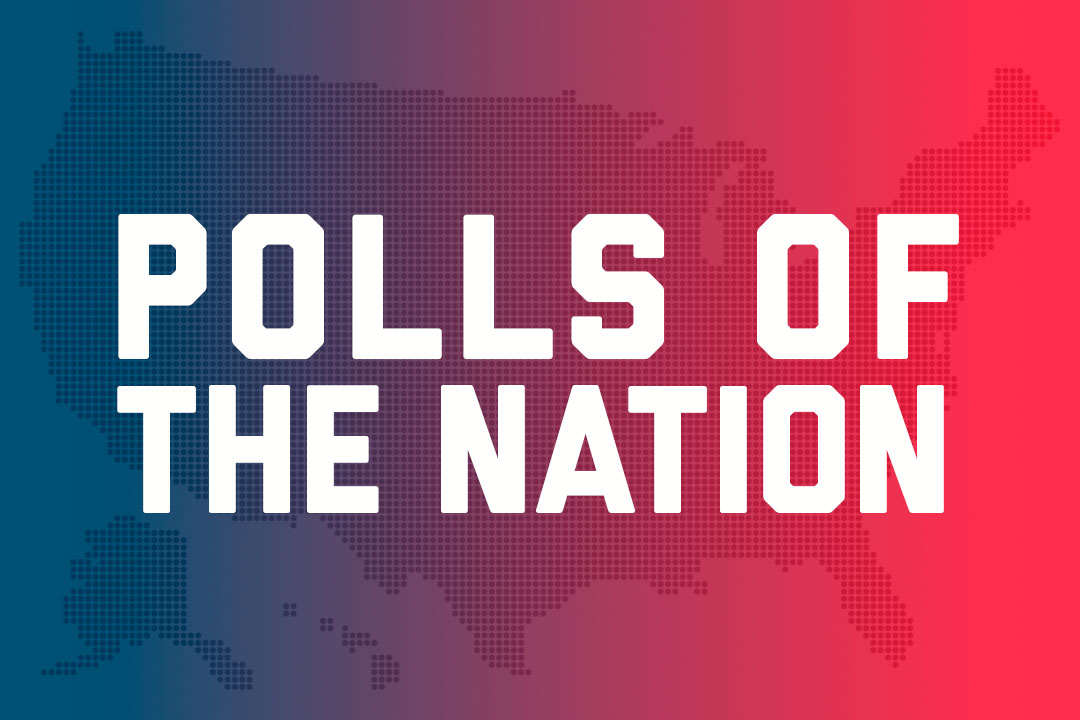By Dante Chinni
Research Professor and Director of the American Communities Project
At the one-year anniversary of Donald Trump’s inauguration, the American Communities Project is using 2017 data from Gallup to analyze how different kinds of communities have viewed the president’s job performance. Where are his strengths and weaknesses as year two begins?
Part Two: The Urban Suburbs
Donald Trump won the White House by the narrowest of margins in 2016, capturing the Electoral College while losing the popular tally by nearly three million votes. The results suggested Trump needed to build bridges to the communities that did not support him, but in the vote-rich urban suburb counties, he lost ground in 2017, according to data from Gallup.
The president began the year with a “honeymoon” approval rating of only 37 percent in the diverse, densely-populated urban suburbs in January, but he finished the year seven points lower, at 30 percent. It was six points below his national approval number for December.
That number in the urban suburbs isn’t just bad, there is reason to believe that Trump will not be able to win reelection if he can’t push his approval up to something near 37 percent. In his squeaker win in 2016, Trump captured 38 percent of the vote in the urban suburbs.
The urban suburbs were never going to be good territory for the president. Barrack Obama owned these 106 counties in 2008 and 2012, winning more than 57 percent of the vote out of them in each election and Hillary Clinton captured 56 percent in 2016.
But for Republicans to win nationally, they have to keep the margins in these communities manageable because of the sheer number of votes that come out of them. In 2016, 23 percent of all the presidential votes cast came out of urban suburb counties and, as you can see on the map below (in dark orange), they are located in crucial electoral states such as Florida, Pennsylvania and Michigan.
The road back to higher approval number for Trump in these counties is hard to see. Opinion polls show the president is struggling to win college-educated voters and these counties have the highest percentage of college graduates of any county type in the ACP, 36 percent. Furthermore, because of their proximity to big cities, the urban suburbs tend to have higher property taxes and bigger mortgages, which means they are more likely to take a hit in the Republican tax bill that was passed at the end of 2017.
As the 2018 midterms near, House Republicans are defending seats that hold big chunks of urban suburb populations, including those in suburban Atlanta, Denver, Los Angeles and Detroit. That leaves Republicans running in those districts facing a tricky calculus this fall, do they embrace or rebuke their sitting president?
Dante Chinni directs the American Communities Project at the George Washington University and writes the “Politics Counts” blog for The Wall Street Journal. His research explores the divides in America by studying how demographic differences affect community economics, culture and politics.


